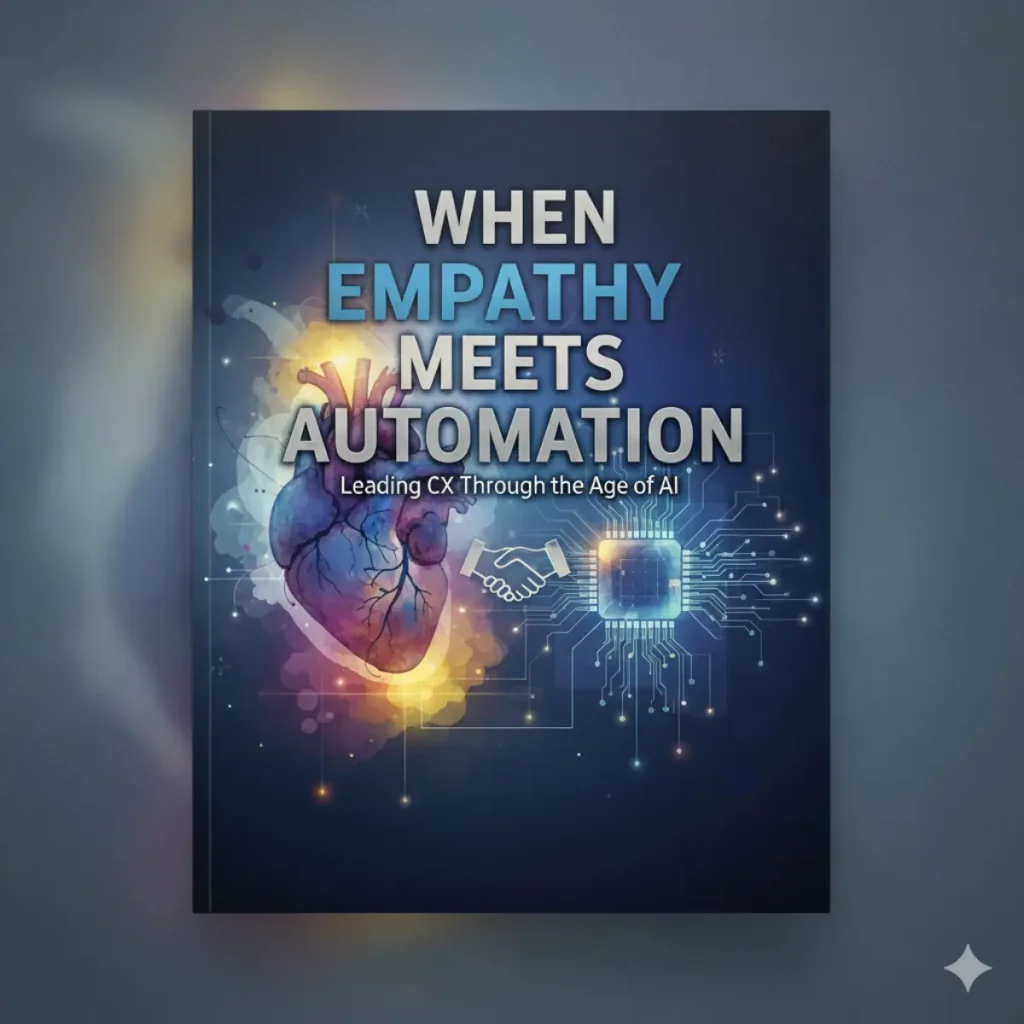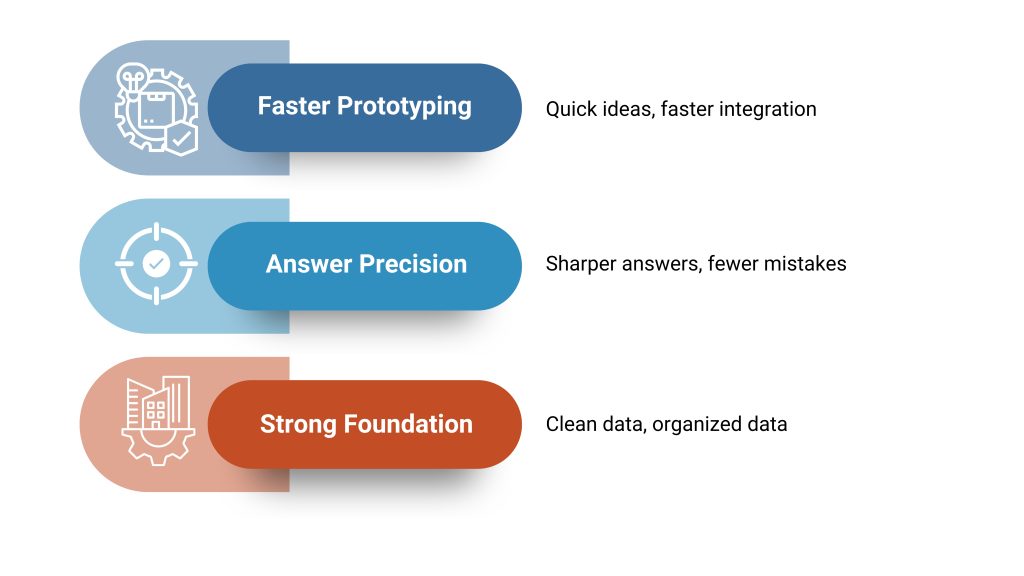AI ML terminology confusion is everywhere. Few professionals can properly define Artificial Intelligence, Machine Learning, or Deep Learning. When teams lack shared definitions, projects fail. Before investing in AI initiatives, establish common vocabulary.
The Workplace Impact of Unclear Definitions
Picture this scenario: Your executive team approves an AI project. The CEO envisions a system that thinks independently and makes autonomous decisions. Your data scientists plan to build statistical pattern recognition algorithms. Your IT department expects to integrate a vendor’s application programming interface (API). Everyone uses the term “AI,” but they’re describing three completely different solutions.
This happens daily in companies worldwide. When project teams, executives, and stakeholders hold different understandings of Artificial Intelligence and Machine Learning (AI ML terminology), they work from different playbooks without realizing it. The result? Miscommunication, misaligned goals, and delivered systems that satisfy no one. A recent manufacturing company spent $2 million on an “AI quality control system” only to discover they needed simple rule-based automation—a $200,000 solution. The budget disaster stemmed entirely from undefined terms at project kickoff.
Understanding Artificial Intelligence: Multiple Valid Definitions
In 1956, Professor John McCarthy coined the term “Artificial Intelligence” at the Dartmouth University Conference. He defined it broadly as “the science and engineering of making intelligent machines.” Since then, multiple approaches to defining AI have emerged.
Some experts focus on cognitive reasoning. These systems think like humans, using experience and intuition to understand context. Others emphasize rationality—systems that make optimal decisions based on available information. Still others define AI by specific capabilities, such as natural language processing demonstrated by tools like ChatGPT. Technical teams often define AI by implementation: the machine learning algorithms and neural networks they build.
Here’s a simple definition that works for most business contexts: AI is something non-biological that behaves biologically. However, what matters most is that your specific team agrees on which definition applies to your project.
How AI ML Terminology Builds on Itself
Machine Learning and Deep Learning are subcategories of Artificial Intelligence. Arthur Samuel at IBM first coined the term “Machine Learning” in 1959. The field was known as “Statistical Learning” through the 1990s. The word “learning” refers to estimation—finding patterns in data to make predictions. A Machine Learning system is a software program that learns to estimate outcomes based on examples.
Consider a practical example: Your company wants to predict, which customers will cancel their subscriptions. You feed your Machine Learning system data from 10,000 past customers—their usage patterns, support tickets, and cancellation status. The system learns to estimate cancellation probability for new customers by recognizing patterns.
Deep Learning takes this further by stacking multiple layers of learning algorithms together. These layered structures, called Neural Networks, learn increasingly complex patterns. Simple features in early layers combine into sophisticated abstractions in deeper layers. This depth gives Deep Learning its name—it’s deep estimation through multiple learning layers.
Generative AI, the newest subcategory, focuses on creating new content. It asks: what type of data do we want to generate or create? ChatGPT generates text. Midjourney generates images. These systems don’t just recognize patterns—they create original content based on learned patterns.
Making AI ML Terminology Work for Your Project
Understanding these distinctions enables better project planning. When everyone shares the same definitions, you can set realistic goals, choose appropriate technologies, and estimate costs accurately.
Start your next AI project with a definitions workshop. Gather executives, engineers, and business stakeholders in one room. Write down what “AI” means for this specific project. Does it mean automation of repetitive tasks? Pattern recognition in data? Generating new content? Making predictions? Get everyone to agree before writing a single line of code or signing a single contract.
The time invested in clarifying AI ML terminology at the project’s start saves exponentially more time, money, and frustration down the road. Your team will thank you when they deliver exactly what stakeholders expected—because everyone understood the same thing from day one.








